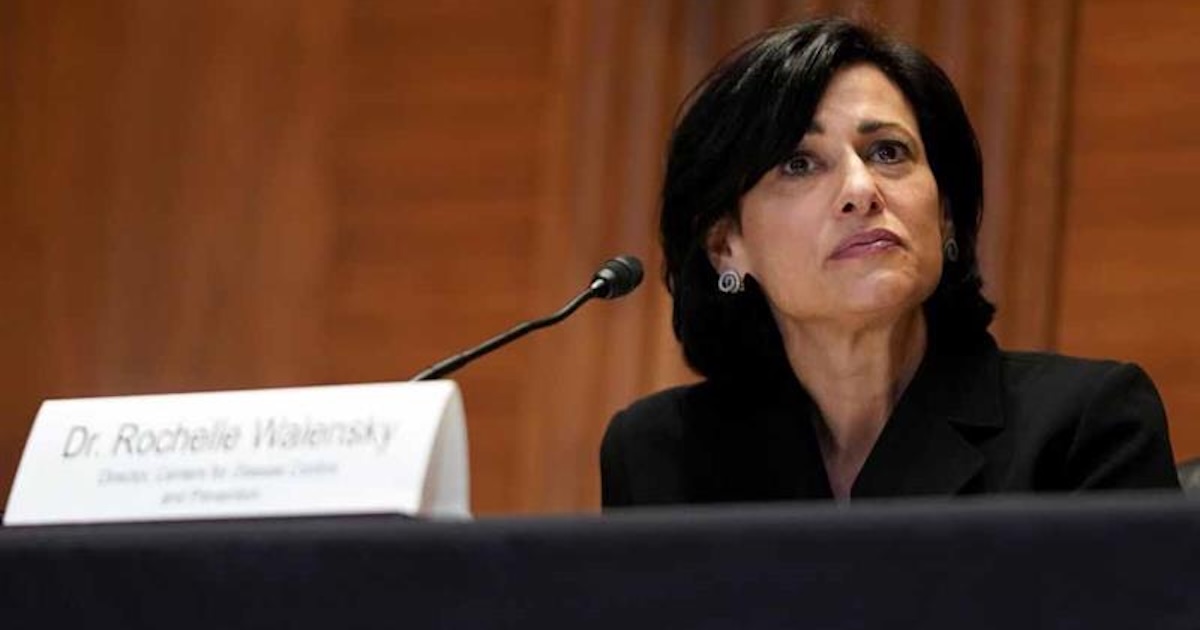Consumer interest in wearable fitness devices has skyrocketed over the past year, according to a new survey released at the mHealth Summit.
But whether the 75 percent of all online U.S. consumers now saying they own a fitness technology product ultimately translates into a similar upswing in mHealth devices is still unclear, the survey's author said.
"Understanding the Market for Wearable and Fitness Devices," was conducted by the Consumer Electronics Association (CEA) and presented at the mHealth Summit this week in Washington D.C. In an interview prior to the summit, CEA Senior Research Analyst Kevin Tillman said the market for dedicated wearable fitness devices will continue to grow – though no one particular device or use is dominant.
"There's not really one major player in the market right now, and there seem to be so many different types of scenarios" for why people are buying and using them, he told mHealth News. "That leaves a lot of room for consumer devices to develop."
The survey, involving more than 1,000 U.S. adults age 18 and over, shows that consumer interest in purchasing wearable fitness devices jumped from 3 percent in 2012 to 13 percent in 2013, while the percentage of online U.S. customers owning a fitness technology product surged from 61 percent in 2012 to 75 percent to 2013.
According to Tillman, of those who indicate they plan to buy a fitness technology project in the coming year, dedicated wearable devices, fitness apps, fitness video games and calorie trackers all proved the most desirable, at 13 percent each. Of the capabilities most desired, 95 percent want a device that tracks heart rate, 94 percent want one that tracks calories burned, and 92 percent want one that measures steps taken.
More surprising, Tillman said, was that price wasn't the most important factor. Instead, those looking for wearable fitness devices are more interested in size, fit, battery life and whether they're waterproof.
"It's more important to gauge how these devices feel," he said. "They're looking for comfort, and that in turn will lead to sustained usage as well."
Indeed, many advocates of remote monitoring and wearable mHealth devices have said consumers won't accept them unless they're comfortable and fit into one's daily routine. And if consumers aren't comfortable wearing them, clinicians won't be interested in them, either.
Of those already owning a device, the survey said, 37 percent have pedometers, 26 percent have fitness video games, and 21 percent have portable blood pressure monitors.
In one specific category, 9 percent of those surveyed indicated they plan to purchase a smart watch over the next year, with the most desirable features being health monitoring (91 percent), peak performance monitoring (90 percent) and providing workout routines (82 percent). Tillman said the results indicate consumers currently see smart watches as an expensive indulgence, rather than a beneficial device.
According to the survey, the top three reasons for using a wearable fitness device are motivation (52 percent), monitoring fitness goal progress (47 percent) and monitoring fitness activity levels or intensity (46 percent).
While the survey indicated 50 percent use a wearable fitness device on a daily basis and 33 percent use one a few times a week, Tillman said he sought to determine what would compel a "non-regular user" to use a device more frequently. Of that number, 47 percent answered with positive reinforcement or feedback, 43 percent said competition (either with themselves or others), 38 percent said gamification and 25 percent said social networking.
The CEA's "Consumer Electronics Sales and Forecast" indicates the fitness and activity tracking devices market will jump to $854 million in 2013, a 32 percent increase over the previous year, "when the market really started to explode," Tillman pointed out. Looking forward, he said, the CEA expects the market to jump another 37 percent in 2014, to roughly $1.2 billion.
Tillman said the survey paints a bright future for wearable fitness devices, but it doesn't answer whether the healthcare industry will take notice. And that, he said, will ultimately determine if the market becomes sustainable.
Related:
Next big thing in fashion: mHealth jewelry
Cycling tour proves mHealth interoperability can happen
Differing perspectives on the global mHealth movement


